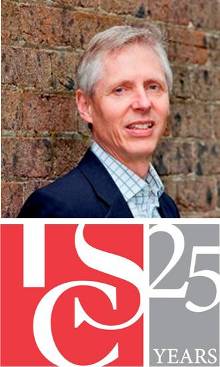I’m blogging from Istanbul, where I am spending a week at the IIC ( International Institute for the Conservation of Historic and Artistic Works – to give it its full title) biannual conference, of which I am Vice-President. Apart from being in a city that I have always wanted to visit, ever since I studied Aghia Sophia during an Early Christian Art component at university, it is proving to be a most stimulating time in terms of the spread of countries represented.
I am told there are 44 different nationalities at the conference, and for the first time as a conservator I find myself rubbing shoulders in the lunch queue with conservators from Syria, Jordan, Bulgaria, Oman, Qatar, and of course Turkey, along with the usual Western European and North American suspects. The result is an extraordinarily rich dialogue around conservation issues, and encouragingly a very clear common ground about what we are doing, and why we are doing it. The fundamental difference is that we in Western countries are operating in a legislative framework where cultural heritage is genuinely protected, whereas many conservators in this region are lone voices, without any serious government support.
Our opening speaker was Professor David Lowenthal from University College London, who it should be said turned up looking considerably the worse for wear, having had an altercation with a truck three days before. When you are 87 that’s not such a good idea, but having had the taxi in which I came into town from the airport mow down an old lady and her shopping in front of me (luckily she got up again, but I don’t think the shopping did) I could understand where he was coming from. However despite injuries this erudite man gave us a powerful jolt as to why we are doing what we do as conservators.
The author of ‘The Past is a Foreign Country’ , Lowenthal believes strongly in the need for us to embrace the broader conservation debates. His challenge to us as conservators was therefore to enter into dialogue with those around us. He sited how conservators have traditionally been separated from curators, through conservators considering the latter to be scientifically ignorant ( not sure this is the reality). And more strongly he urged us to see care of the wider environment, i.e. environmental conservation, as being critical to cultural conservation. The relationship between the two is vital, he said, especially in terms of the environment’s ability to provide context for culture. We must see posterity as our prime duty as conservators, not worrying about how we do something but why we do it.
Challenging stuff, particularly when delivered in this eastern Mediterranean cradle of civilisation. I will set it in the context of the wider conference proceedings in my next blog.
Julian Bickersteth
Managing Director
internationalconservationservices
25 years ... and 25 iconic projects
12 years ago



